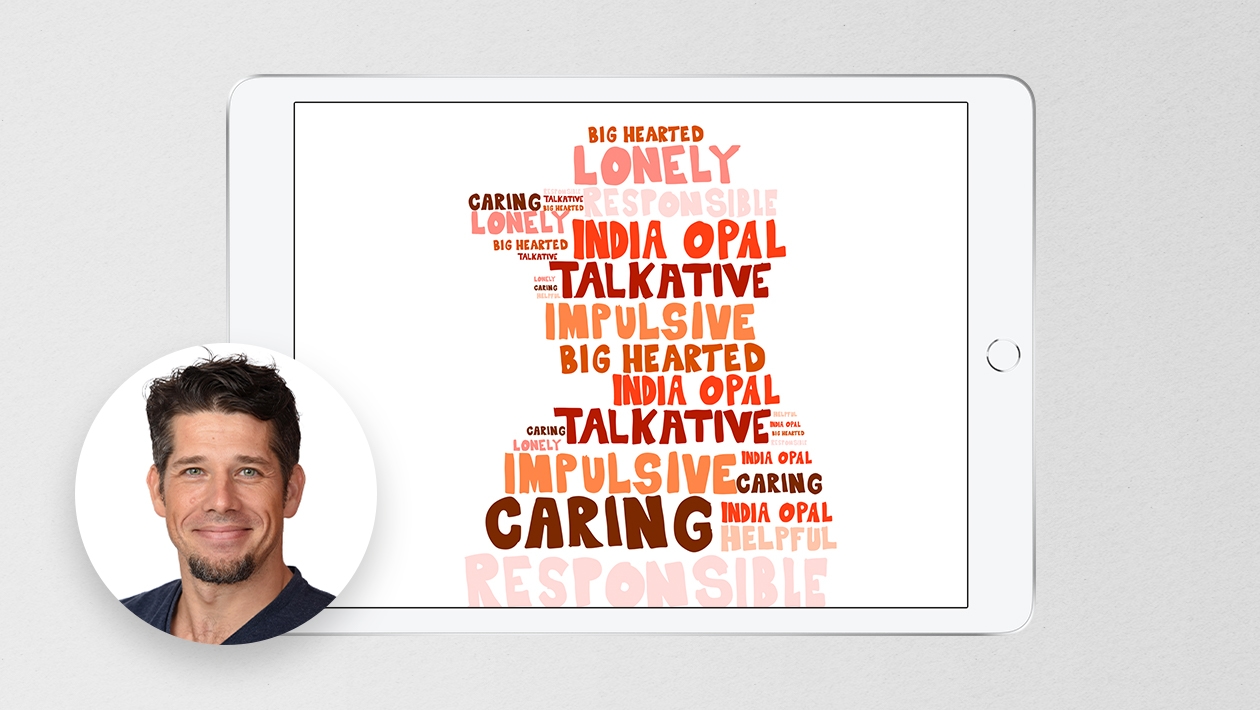In New Zealand, we are currently offering a standard called Language in Context. The context can be chosen by the teacher. I started the year doing a locally-based context which the students seemed to get into. But in discussion while getting to know them, I discovered that most students were pretty avid gamers (no surprise!) While they said that they played fewer online games than when they were younger, it was still a form of entertainment for them.
🎮 I decided to pivot and went into the Language in Gaming Contexts instead. The goal was an understanding that language alters depending on the context. I knew this goal was reached when some of my students were laughing at the metaphors I had used, like hard-carry, spawning and camping. I asked what was so funny and they said that it was the language they used, but they never expected to see it in schoolwork. Point made. Context established.
🕹️ We started with the history of gaming, and I gave them a chance to play some retro (vintage?) games like Pong, developed in the 70s. They discussed the progress of games over time, which was a great way to get to know them.
*See the resource link below for links to games.
🔖 Next, they did some literacy activities that involved reading articles and filling in self-directed forms. They liked the competitive element of getting their score immediately, and I had prizes for the top scores. The articles were easily understood, although I did change the reading level for some students by means of Brisk.
👾 Again, they worked individually or in pairs and looked at the features that had changed and some that are timeless. I did another form, again with the competitive element attached.
💽 Students had the chance to play a few more vintage games. This might sound like a time waster, but it was used sensibly and gave them insight into how technology has evolved. The discussions were rich and highly amusing. The assumptions they made about what life was like in the 80s were hilarious and simply ill-informed. Each lesson, we'd revisit the idea of how language has not only evolved, but also how context dictates its use.
🙌 We moved on to language features. I introduced some common features like metaphors and similes but added new ones like hyperbole and allusion by means of a Kahoot.
🫠 Then we discussed a few features that they were familiar with from the gaming world. When they got going, it was like they were speaking a different language. It included some slang, but also jargon based on the type of game that they were talking about. This led to a discussion about emojis. They told me that they use emojis, but not with the intended meaning. When they use the sobbing emoji 😭 it means LOL. The skull 💀 means dark humour. And the skull followed by thankful hands 💀🙏 means extreme dark humour. They certainly are educating me along the way.
🧑🏻💻 A few more features, this time with some written answers. By this stage, we were able to talk about the language we chose to use and why. And that, when we use language out of context, it can be seen as either funny or even disrespectful, depending on the audience.
🎶 We skimmed over verbal language features because we felt that we had covered all aspects pretty meticulously.
📑 We finalised this standard with creative writing in Writer's Toolbox. This is an online learning program used at our school. We started with a module on syntax and sentence types. Then they completed the task that I had set. I thoroughly enjoyed this unit. Not only did the students seem engaged and motivated, but I learnt so much from them. And they were well aware of my learning as I was clear about my lack of knowledge in the gaming world. We laughed, learned and developed sound relationships.
Please feel free to make a copy of my resource for use in your classroom.




















March 27, 2025 . English
English
What a “win, win” Linda! Your students were very engaged AND you learned some gaming from them. Super Unit and very creative! What a fun way to teach literacy and language. Thanks for the share!
This action is unavailable while under moderation.
This action is unavailable while under moderation.